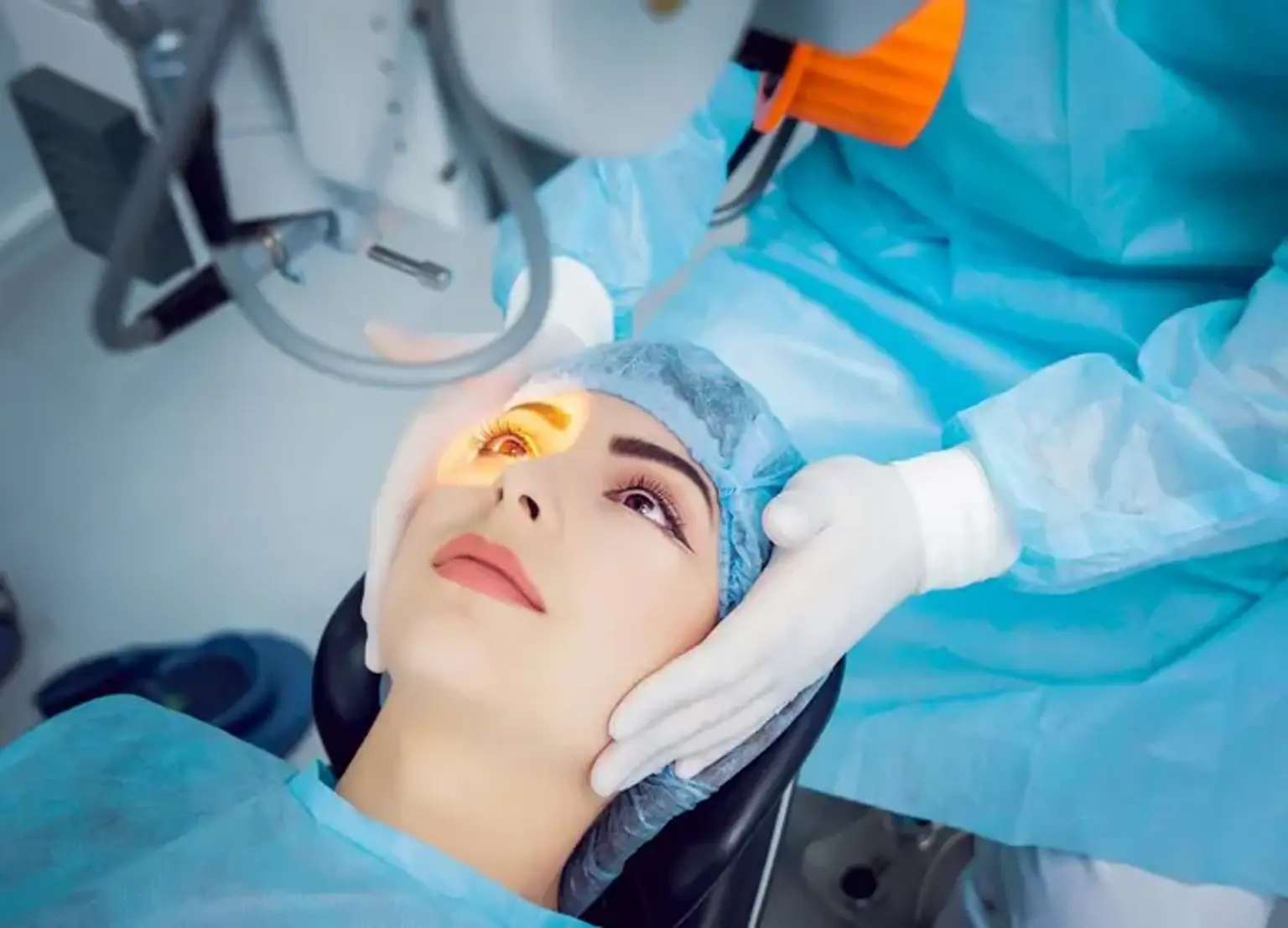Cataract Surgery
Overview
Cataract surgery is a procedure to take out a cataract from the eye (cloudy lens). The eye consists of a lens that focuses on the light, just like a camera. Usually, this lens is clear. A cataract thus occurs when the lens becomes hazy. In such cases, the ophthalmologist will recommend cataract surgery to remove and replace with a clear artificial lens, which restores your eyesight.
Light flows through the eye's clear lens during vision. The lens concentrates light to enable your brain and eye to convert the data into an image. If the lens becomes foggy, the eye loses its ability to concentrate light. Hence, you may have hazy vision or other symptoms such as glare and halos when exposed to bright lights.
